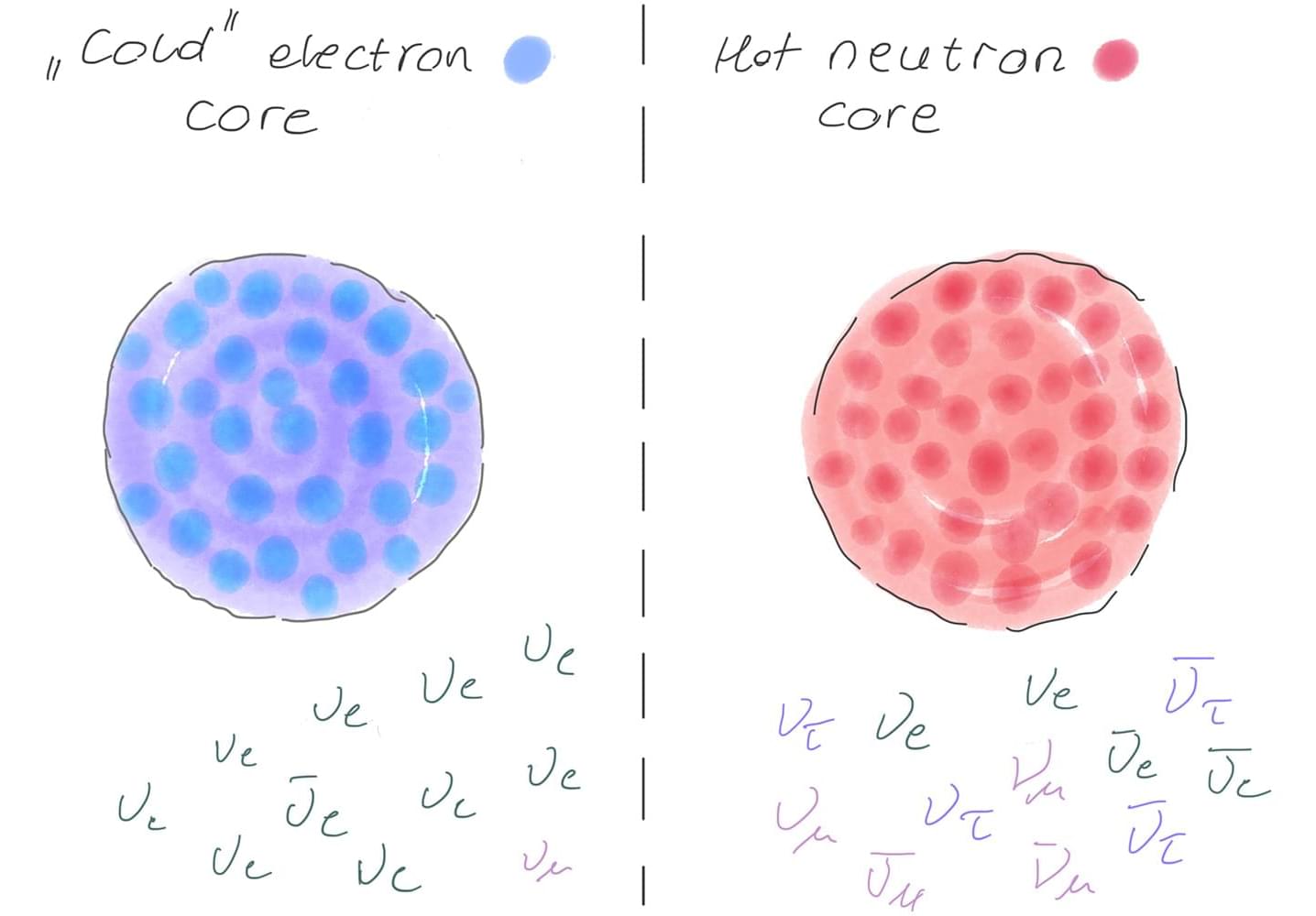A new class of advanced steels needs more fine-tuning before use in system components for fusion energy—a more sustainable alternative to fission that combines two light atoms rather than splitting one heavy atom. The alloy, a type of reduced activation ferritic/martensitic or RAFM steel, contains billions of nanoscale particles of titanium carbide meant to absorb radiation and trap helium produced by fusion within a single component.
When subjected to radiation damage and helium concentrations representative of fusion, the titanium-carbide precipitates initially helped trap helium but later dissolved under high damage levels. After dissolving, the alloy swelled as it was no longer able to disperse and trap helium, which could compromise fusion energy system components.
The first-of-its-kind systematic investigation led by University of Michigan engineers was published in Acta Materialia and the Journal of Nuclear Materials in a series of three papers.








